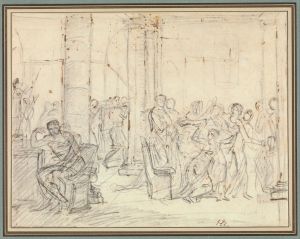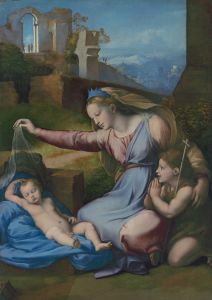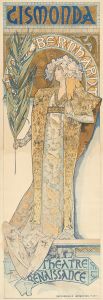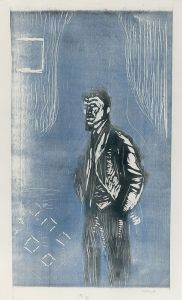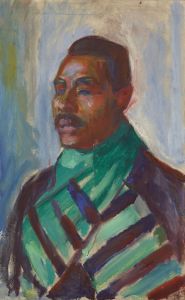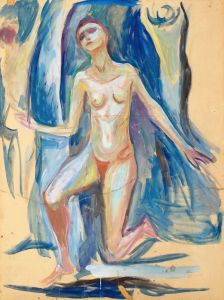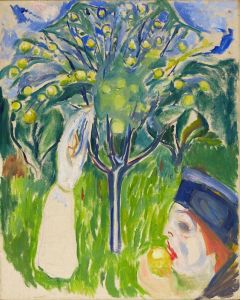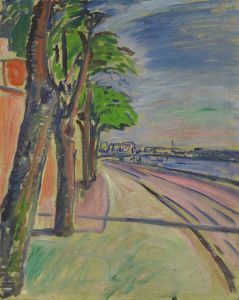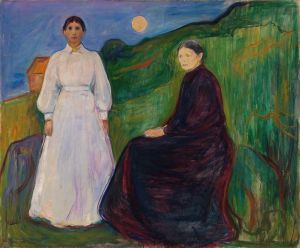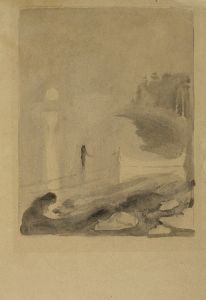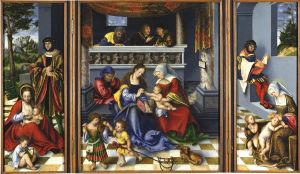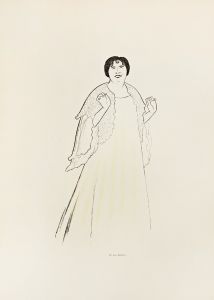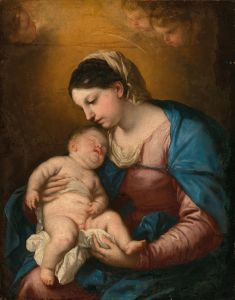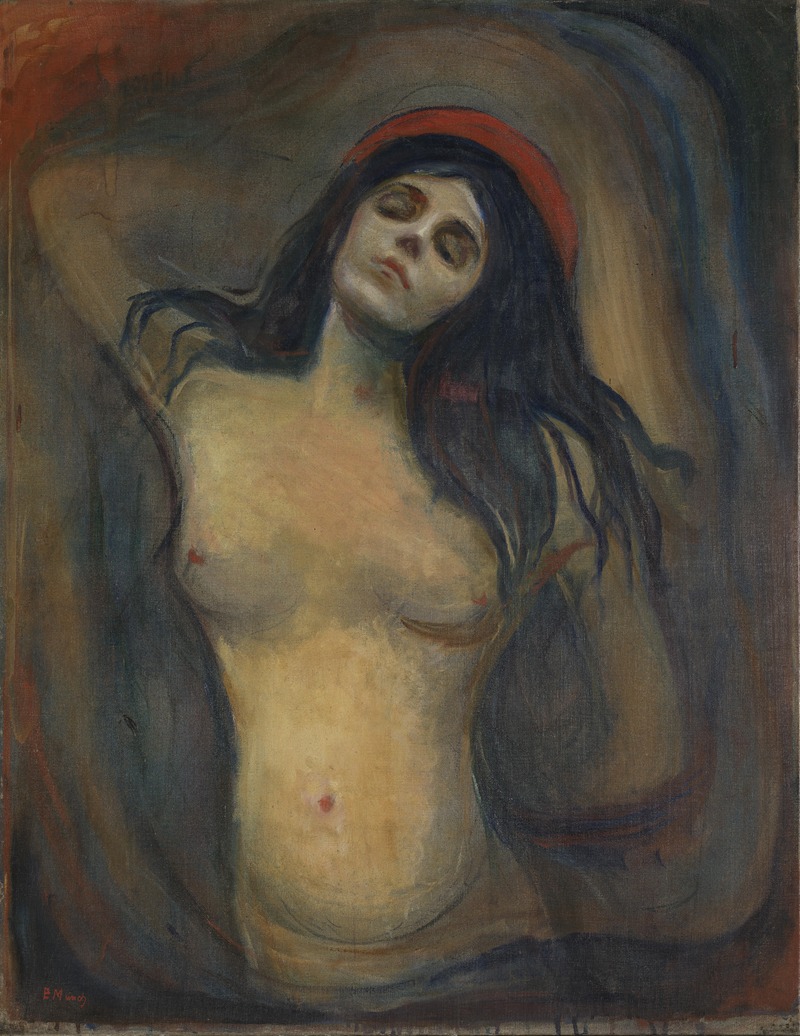
Madonna
A hand-painted replica of Edvard Munch’s masterpiece Madonna, meticulously crafted by professional artists to capture the true essence of the original. Each piece is created with museum-quality canvas and rare mineral pigments, carefully painted by experienced artists with delicate brushstrokes and rich, layered colors to perfectly recreate the texture of the original artwork. Unlike machine-printed reproductions, this hand-painted version brings the painting to life, infused with the artist’s emotions and skill in every stroke. Whether for personal collection or home decoration, it instantly elevates the artistic atmosphere of any space.
"Madonna" is a painting created by the Norwegian artist Edvard Munch between 1894 and 1895. It is one of Munch's most famous works and is part of his series called "The Frieze of Life," which explores themes of love, anxiety, and death. The painting depicts a woman in a state of ecstasy, with her eyes closed and her head tilted back, surrounded by a swirling, almost halo-like aura. The figure is often interpreted as a representation of both sensuality and spirituality, embodying the complex interplay between life and death, love and despair.
The painting is notable for its use of bold colors and expressive lines, characteristic of Munch's style. The background features a dark, swirling pattern that contrasts with the pale, almost ghostly figure of the woman. This contrast enhances the emotional intensity of the work, drawing the viewer's attention to the central figure and her enigmatic expression.
"Madonna" has been the subject of much analysis and interpretation. Some art historians suggest that the painting reflects Munch's own troubled relationships with women and his fascination with the themes of love and mortality. The title "Madonna" itself is intriguing, as it traditionally refers to the Virgin Mary, yet Munch's depiction is far from the conventional religious iconography. Instead, it presents a more ambiguous and provocative image, blending elements of the sacred and the profane.
The painting exists in several versions, including lithographs and prints, which Munch produced over the years. These variations often include additional elements, such as a border featuring sperm cells and a fetus, further emphasizing the themes of fertility and the cycle of life and death. One of the most famous versions of "Madonna" is housed in the Munch Museum in Oslo, Norway, which holds the largest collection of Munch's works.
Edvard Munch (1863-1944) was a pioneer of Expressionism, and his work had a profound influence on modern art. His exploration of psychological themes and his innovative use of color and form have made him one of the most important artists of the late 19th and early 20th centuries. "Madonna" is a prime example of his ability to convey deep emotional and existential concerns through his art.
The painting has also been the target of art theft. In 2004, "Madonna" and another of Munch's masterpieces, "The Scream," were stolen from the Munch Museum in a daring daylight robbery. Both paintings were recovered in 2006, though they had suffered some damage during their time missing. The theft and subsequent recovery of these works only added to their mystique and historical significance.
In summary, "Madonna" by Edvard Munch is a powerful and evocative painting that captures the artist's preoccupation with the themes of love, death, and existential angst. Its striking imagery and emotional depth continue to resonate with viewers, making it a timeless piece of art that remains relevant and compelling to this day.





